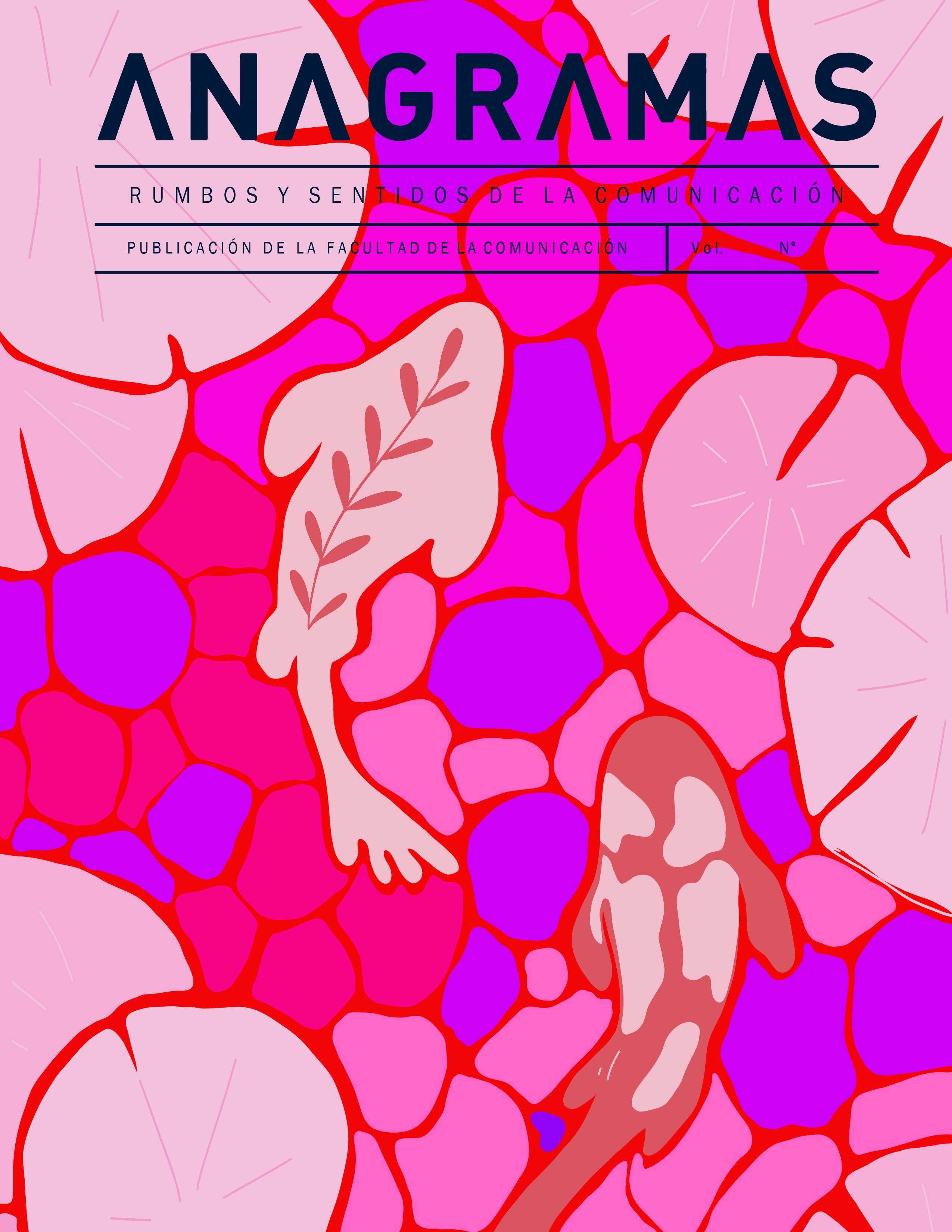Mediation as a way to expand the creative universes of art and engineering
Main Article Content
Abstract
Contemporary sculpture is increasingly nourished by advances in materials and processes coming from science, engineering, and technology. These advances, initially developed for industrial purposes or everyday use, give rise to the emergence of a technical-artistic mediator, who establishes a strategic communication to allow the artist’s needs to be understood, transmitted, and transformed into tangible possibilities using the resources available in the nearby industrial sector.
This communication flows in both directions. The mediator manages process, engages both parties, minimizes bias, and encourages recognition of boundaries. This achieves an openness to learning and the expansion of knowledge, which generates the necessary confidence to venture into the construction of a new work. As a result, choosing materials and objects takes on greater significance, and expands the creative possibilities for both artists and technical innovation.
Locally, Art + Engineering, an engineering-based cultural company has contributed to the production of more than 200 works of art for national artists. It focuses on technical-artistic mediation, analyzed through the Theory of Mediations by Jesús Martín-Barbero, the principles proposed by Eduardo Ruiz and Sandra Massini’s model for strategic communication analysis. This article explores the fundamental concepts of these authors and their relationship with the works they produced. Moreover, it highlights the importance of technical-artistic mediation and presents the Theory of Mediations as a possible guide to understanding.
Article Details
References
Albarracín Llanos, V. (junio de 2018). Museo de Arte Moderno de Medellín. Recuperado el 25 de Octubre de 2022, de Programa C: https://www.elmamm.org/Exposiciones/Exposiciones-Pasadas/Id/1371
Galván Lamet, P.J. (2018). La figura del fabricador en los procesos técnicos de arte contemporáneo. Memoria para optar al grado de Doctor, Madrid. Recuperado el 18 de Marzo de 2022, de https://eprints.ucm.es/id/eprint/49654/
Martín-Barbero, J. (1991). De los medios a las mediaciones. Comunicación, cultura y hegemonía. (2da. ed.). Barcelona: Gustavo Gili S.A. Obtenido de https://perio.unlp.edu.ar/catedras/comunicacionyrecepcion/wp-content/uploads/sites/135/2020/05/de_los_medios_a_las_mediaciones.pdf
Masonni, S. (2007). Modelo de Comunicación Estratégica. En S. Masonni, Tres movimientos y siete pasos para comunicar estratégicamente (pág. 16). Buenos Aires, Argentina: Homo Sapiens. Recuperado en mayo de 2024, de https://repository.unad.edu.co/bitstream/handle/10596/8325/406007_modelo%20de%20comunicaci%F3n.pdf;jsessionid=B1490953CDC1A5D06E7A5D9D42BB5349.jvm1?sequence=3
Ruiz, E. (2004). Una propuesta metodológica para la investigación de las mediaciones. Punto Cero, 9(8), 8. Recuperado el 28 de octubre de 2022, de http://www.scielo.org.bo/scielo.php?script=sci_arttext&pid=S1815-02762004000100011
Silva Velásquez, C.M. (2022). Archivo Arte + Ingeniería. Arte + Ingeniería. Medellín: Sin publicar.
Silva Velásquez, C.M. (octubre de 2019). Desafíos poéticos y soluciones ingenieriles en la vida de Rodrigo Arenas Betancourt. Agenda Cultural Alma Mater (269), 13-17. Recuperado el 2022.






